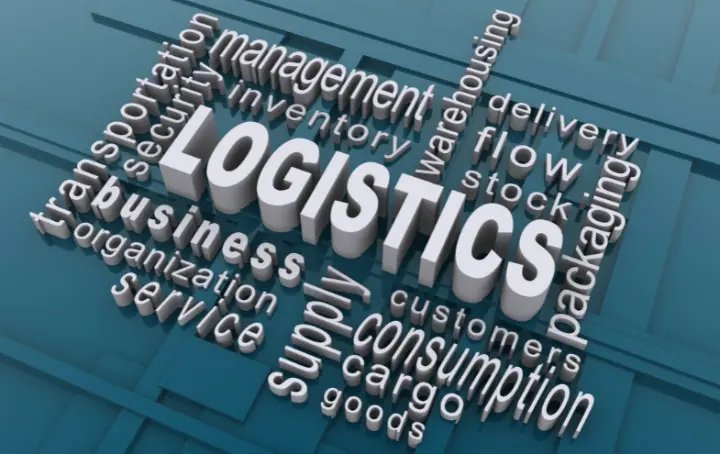Transparent and connected logistics processes are no longer just theoretical models—they are becoming operational standards in aviation. With Logistics 4.0, companies aim to plan requirements more precisely, optimize delivery routes, and reduce inventory levels. The result: increased efficiency, responsiveness, and cost control. But how far has the aviation industry come in implementing these systems—and what’s holding many companies back?
Aviation logistics between aspiration and implementation
Logistics 4.0 in aviation means integrating technologies like IoT, AI, and advanced analytics across the entire aerospace supply chain—from parts procurement to warehouse operations to flightline supply. These technologies are not just nice to have. They enable real-time visibility, better decision-making, and proactive disruption management.
IoT sensors, for example, allow real-time monitoring of part inventories and conditions—an essential capability for predictive maintenance and optimized material flow. Autonomous transport systems and robotics increase warehouse efficiency and reduce error rates. AI-based route optimization shortens lead times in global supply chains.
Digitalization also extends to the aircraft itself. Smart data and predictive aircraft maintenance reduce downtime and increase fleet availability. These developments don’t just improve internal logistics—they make aviation more competitive and sustainable.

Barriers to logistics transformation
Despite the benefits, many companies are still lagging behind. A common issue is lack of transparency—especially in internal logistics. Processes often operate in silos, with no central overview of order status or transport progress. This creates delays, inefficiencies, and missed delivery deadlines.
Rigid process chains are another problem. If one machine fails, the information often travels slowly through hierarchical channels before action is taken. This inflexibility leads to production downtime and unnecessary costs.
What’s missing is a logistics infrastructure that can respond in real time—not just to disruptions, but also to shifts in demand and supply.
Big Data, IoT, and Digital Twins: Tools with potential—and risks
Big Data and IoT are central to Logistics 4.0. They enable the collection and targeted evaluation of large quantities of real-time data. But data alone isn’t enough. Without clear objectives and secure architecture, the risk of data misuse or loss of intellectual property increases.
In aviation, IoT applications already support real-time tracking of goods and vehicles, temperature monitoring during transport, and automated inventory via smart shelving systems. These capabilities improve delivery reliability and help reduce waste.
Digital Twins go one step further. They allow companies to simulate real-world logistics processes in a virtual environment. This makes it possible to test scenarios, identify bottlenecks, and make data-driven decisions—before investing in physical changes.

What this means for employees
Logistics 4.0 doesn’t replace people—it changes the nature of their work. Automation reduces routine tasks, but human expertise is still needed for system control, interpretation of data, and process design. Logistics professionals will take on more analytical and strategic roles, while technical maintenance and cybersecurity gain importance.
How ARTS Group supports your transformation
For many aviation companies, the transformation to Logistics 4.0 is not just a technical challenge—it’s a strategic one. This is where ARTS Group steps in.
We support aviation businesses in optimizing their supply chains from the inside out. Our services cover everything from warehouse and material flow management to on-site logistics expertise, tailored to the production environment. We help reduce complexity, streamline operations, and improve responsiveness.
Through our aerospace consulting services, we provide strategic and operational support for logistics transformation, including process optimization, quality management, and production planning. All solutions are tailored to the specific challenges of the aviation industry and implemented by experienced professionals—more than 76% of our experts have over 10 years of industry experience.
Whether you need selective support or a long-term logistics partner, ARTS Group delivers both. We operate directly on site and integrate seamlessly into your systems. With our presence in key aviation hubs such as Germany, France, and Dubai, we also ensure proximity to your operations—globally and locally.
If you're ready to move from theory to implementation, ARTS Group is your partner for practical, scalable logistics solutions in aviation. Contact us now.